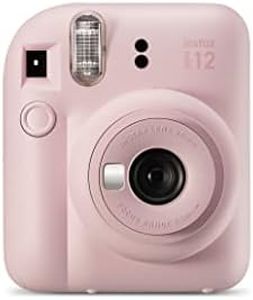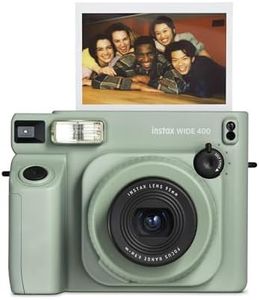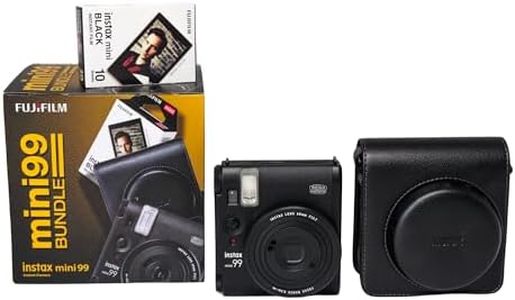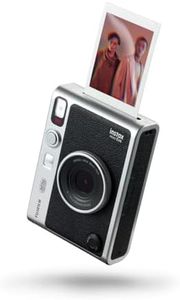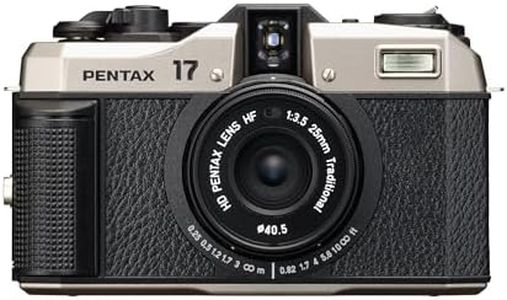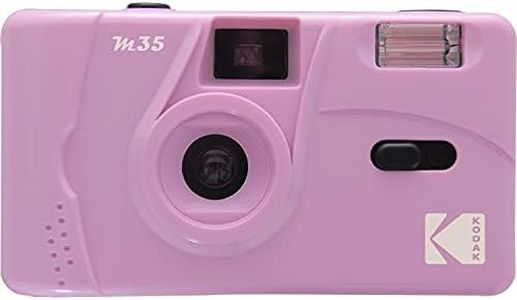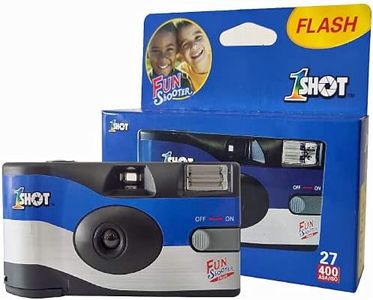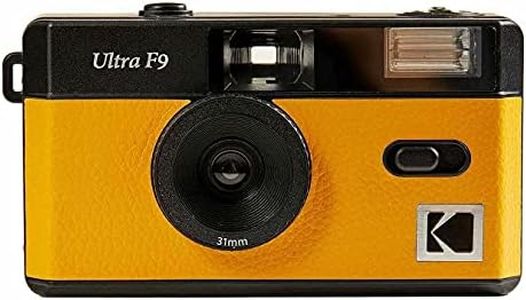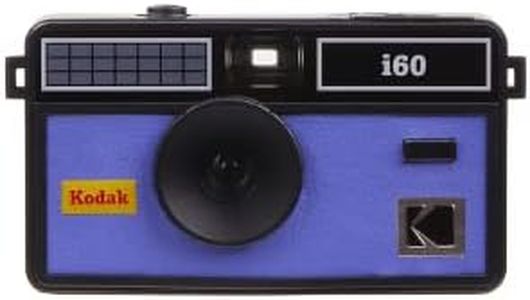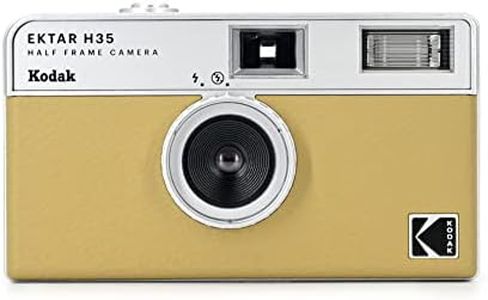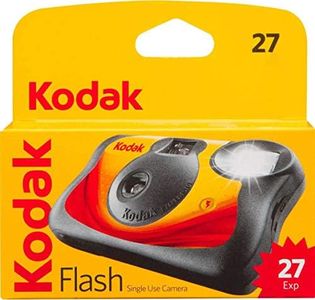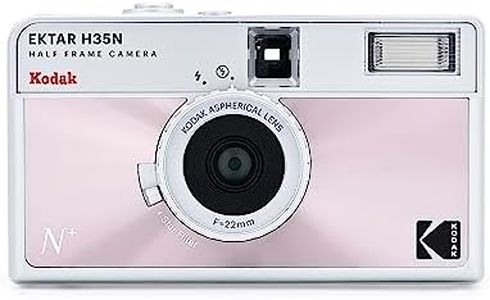We Use CookiesWe use cookies to enhance the security, performance,
functionality and for analytical and promotional activities. By continuing to browse this site you
are agreeing to our privacy policy
10 Best Point And Shoot Film Camera
From leading brands and best sellers available on the web.Buying Guide for the Best Point And Shoot Film Camera
Choosing a point-and-shoot film camera is a fun experience that can introduce you to the world of analog photography without overwhelming you with too many technical settings. These cameras are designed for easy use, often requiring just a click to capture a moment. When picking one, consider how you’ll use it—whether it’s for travel, everyday memories, or creative projects. Understanding the basic features will help you select a camera that fits your style and ensures a satisfying experience every time you take a photo.Lens Quality and ApertureThe lens captures the image onto the film, and its quality affects the sharpness and brightness of your pictures. The aperture, usually expressed in f-numbers like f/2.8 or f/5.6, controls how much light reaches the film. A wider aperture (lower f-number) lets in more light and is helpful for low-light situations, while a narrower aperture (higher f-number) might be better for bright days. Casual users who mostly shoot outdoors will do fine with smaller apertures, while those wanting more versatility—like shooting indoors or in the evening—should look for a lens with a wider maximum aperture.
Focus System (Fixed, Autofocus, Manual)Focus determines whether your subject comes out sharp or blurry in your photo. Point-and-shoot cameras may have fixed focus (everything at a certain distance is in focus), autofocus (the camera automatically focuses for you), or rarely, manual focus. Fixed focus is straightforward and good for everyday distant shots, while autofocus is more flexible and useful for capturing subjects at different distances. Choose autofocus if you want the clearest, most reliable results in a range of situations, but fixed focus can work for quick snaps or street photography where speed matters.
Flash Type and ControlThe flash helps illuminate your subject in low-light conditions. Some cameras have a built-in flash that fires automatically, while others let you control it or even add an external flash. Automatic flash is easiest for beginners, but more manual control lets you avoid harsh lighting or unwanted flash in bright conditions. If you expect to shoot a lot indoors or at night, a camera with a reliable and adjustable flash will be valuable.
Film Format CompatibilityPoint-and-shoot film cameras most commonly use 35mm film, which is still widely available and easy to develop, but some use other formats like APS or 110 film. 35mm offers the most flexibility and variety of film stocks, while other formats may be harder to find and process. If you want the simplest experience and easy film buying, stick with 35mm compatibility.
Viewfinder TypeThe viewfinder is what you look through to frame your shot. Some cameras have a simple optical window, while others feature extra aids like frame lines or parallax correction. Simpler viewfinders are just fine for casual shooting, but if you value precise framing, especially for close-up shots, consider a camera with a more advanced viewfinder system.
Size and PortabilityPortability can matter if you're taking your camera on trips or want to keep it in your bag all the time. Compact and lightweight models are easier to carry and less intrusive, while larger cameras may offer more features but can feel bulky. If you plan to use your camera on the go, prioritize a slimmer, lighter design.
Battery RequirementMost point-and-shoot film cameras need batteries to power the electronics, like autofocus or flash. Some use standard AAA or AA batteries, while others require specialized or button-cell batteries. Cameras with common battery types are easier to keep running, especially while traveling. If convenience is a priority, look for a camera that uses easily available batteries.
